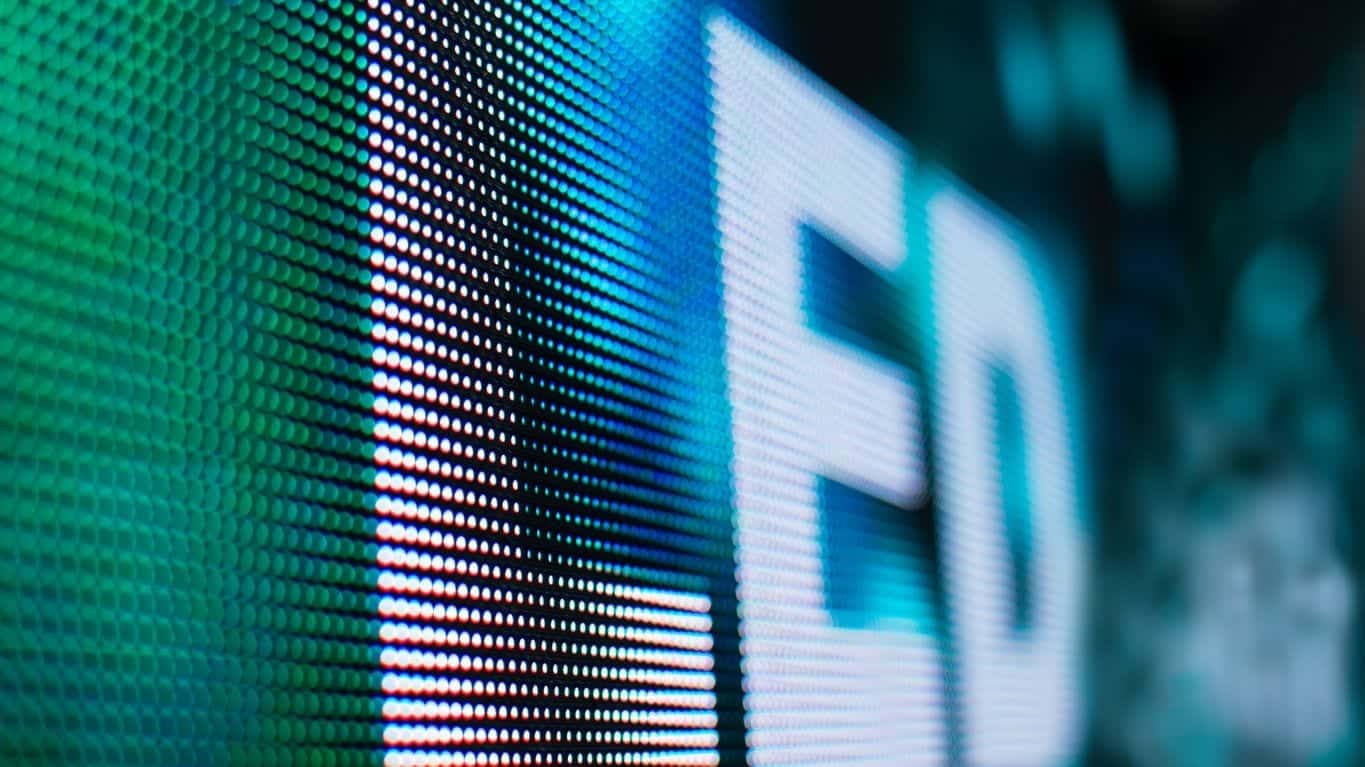Exploring the Key Elements That Influence Color Uniformity in LED Wall Panels for Optimal Display Performance
Exploring the Key Elements That Influence Color Uniformity in LED Wall Panels for Optimal Display Performance
Blog Article
Hue uniformity in light-emitting diode wall screens is crucial for attaining optimal optical performance. LED wall screens are commonly used in various environments, including concerts, conferences, and promotional showcases. When the hues on these panels are consistent, they create a more engaging and immersive experience for viewers. Several critical elements influence hue uniformity, including the caliber of the light-emitting diode elements, calibration processes, and environmental conditions.
The quality of the LED elements plays a major role in hue uniformity. Different types of LEDs emit light at varying frequencies, which can affect the total hue result. Premium light-emitting diodes are engineered to generate a more uniform light spectrum, resulting in better color precision. Additionally, the production method of these light-emitting diodes can impact their functionality. Panels made with superior materials and technology tend to have fewer color variations, ensuring that the displayed images and videos look lively and faithful to reality.
Calibration is another crucial element in preserving hue consistency in light-emitting diode wall screens. Tuning involves modifying the configurations of the panel to make certain that the hues shown match the desired appearance. why not look here This process can include adjusting brightness, contrast, and color equilibrium. Regular calibration is necessary, especially in settings where illumination conditions change often. By tuning the panels, technicians can fix any discrepancies in hue output, leading to a more uniform viewing encounter.
Surrounding conditions also affect hue uniformity in LED wall panels. Factors such as surrounding light, heat, and humidity can influence how colors are perceived. For instance, intense surrounding light can wash out colors, making them look more vibrant. Similarly, extreme temperatures can influence the functionality of the LEDs, resulting to color shifts. To mitigate these problems, it is crucial to place light-emitting diode wall panels in controlled environments where lighting and temperature can be managed effectively.
Lastly, the design and arrangement of the light-emitting diode wall screens can affect hue consistency. The configuration of the screens, as well as the distance from which they are observed, can create differences in hue recognition. When screens are placed too far apart or at different angles, viewers may notice inconsistencies in hue. To achieve the best visual output, it is important to consider the positioning and arrangement of the screens during setup. By tackling these elements, operators can guarantee that their light-emitting diode wall screens provide a uniform and superior optical encounter.